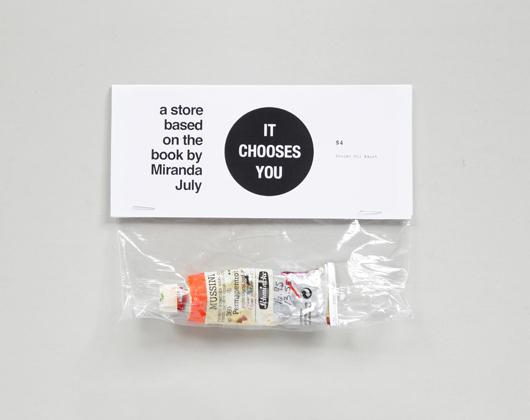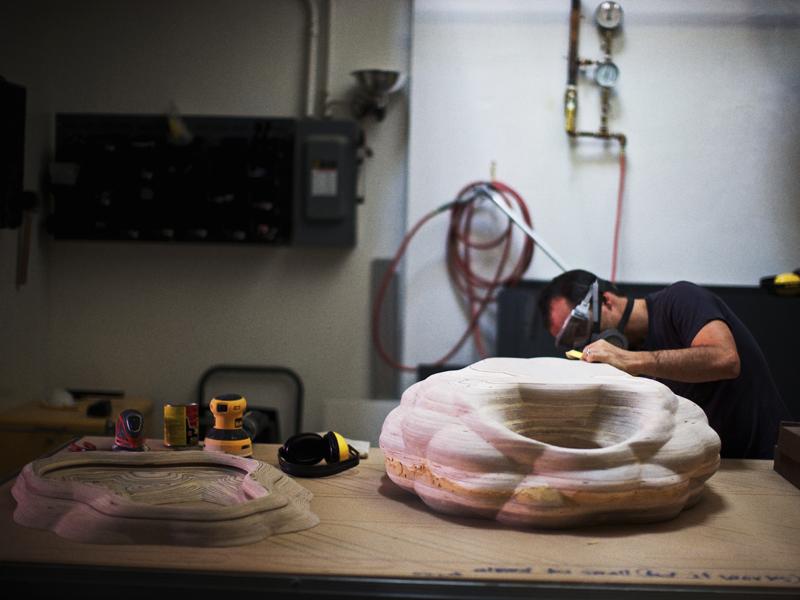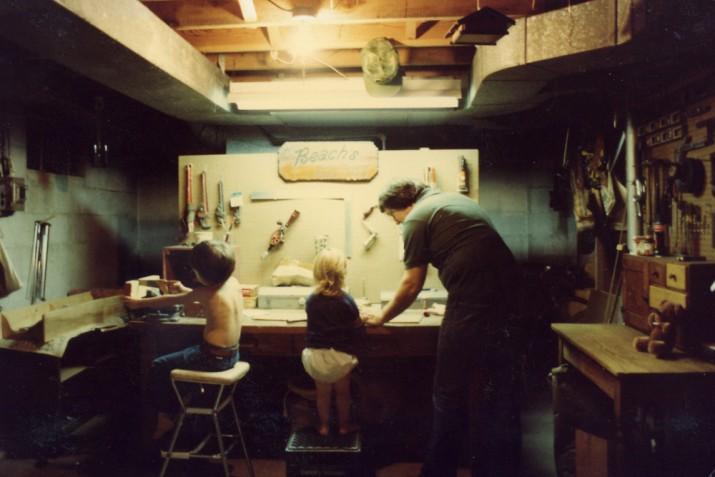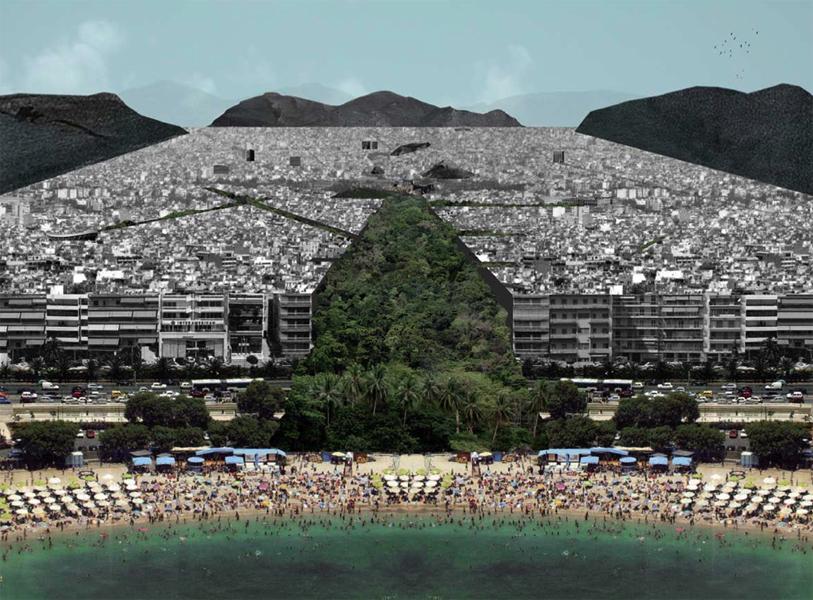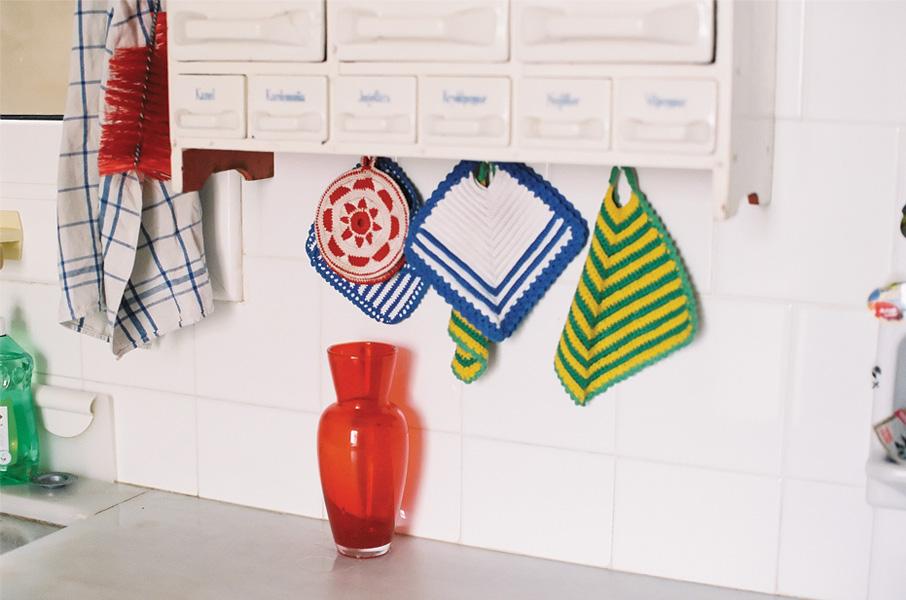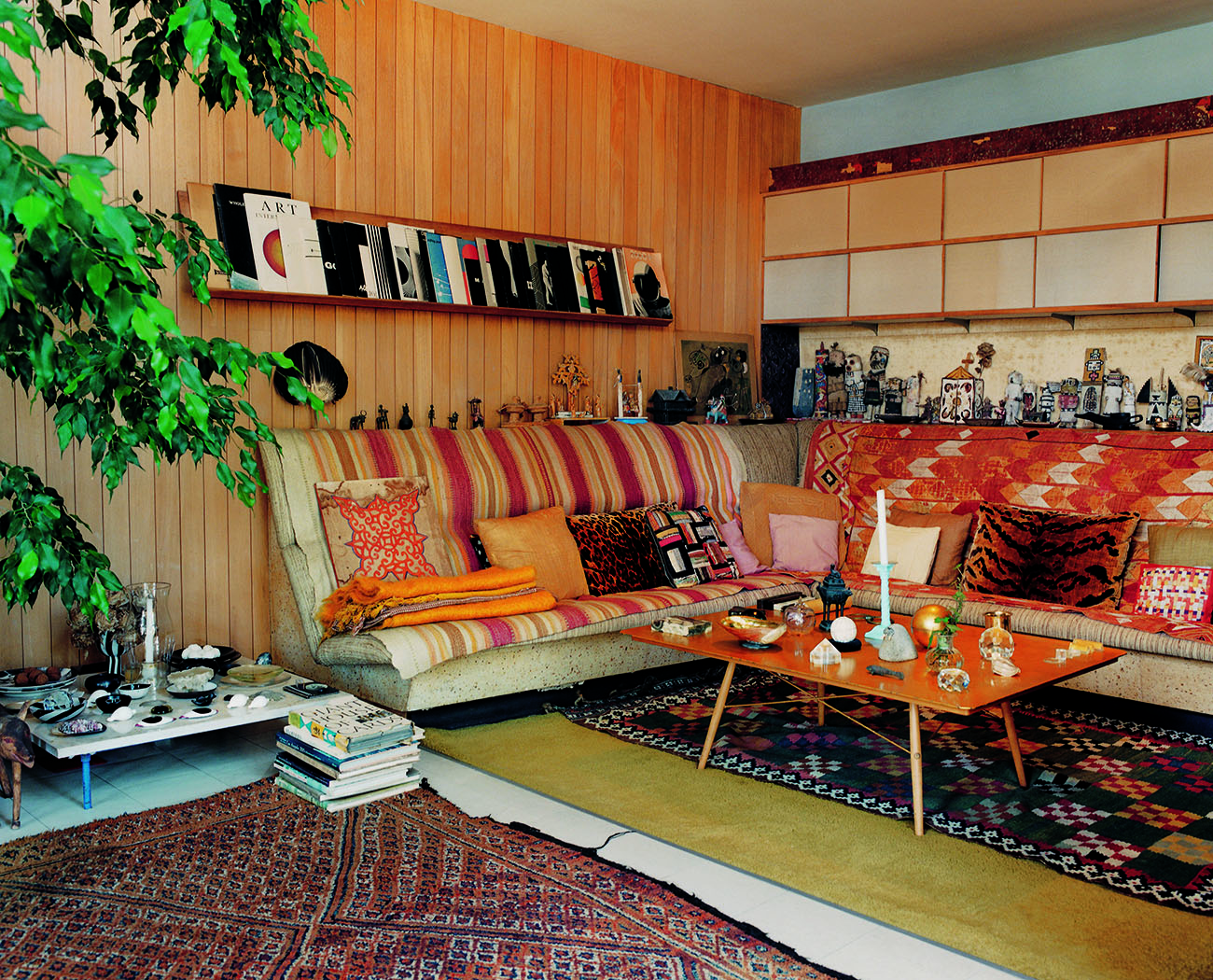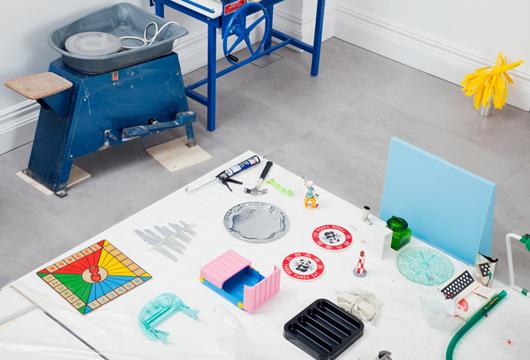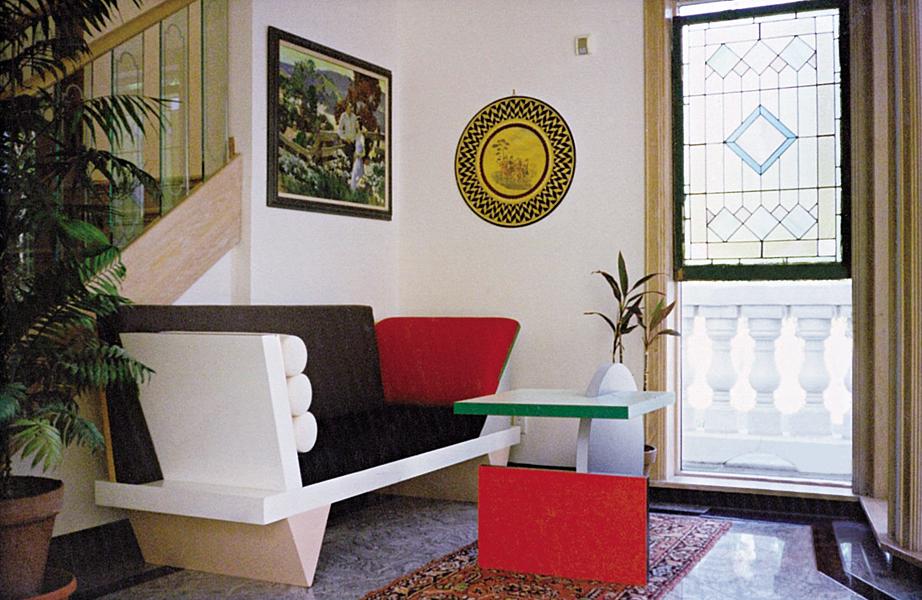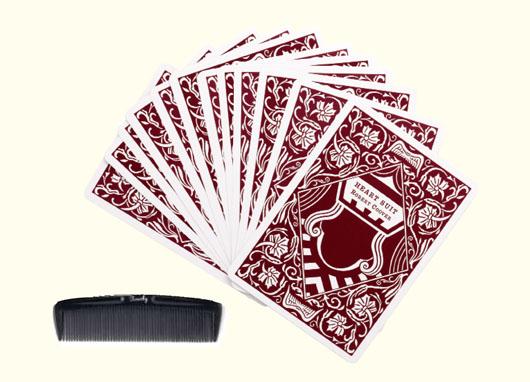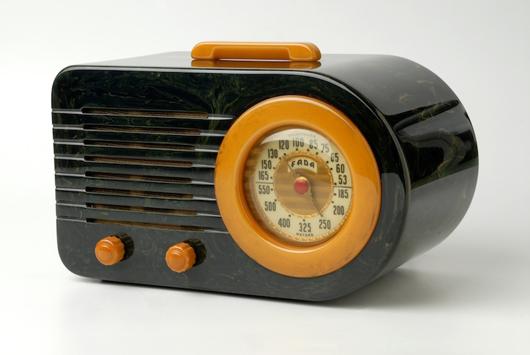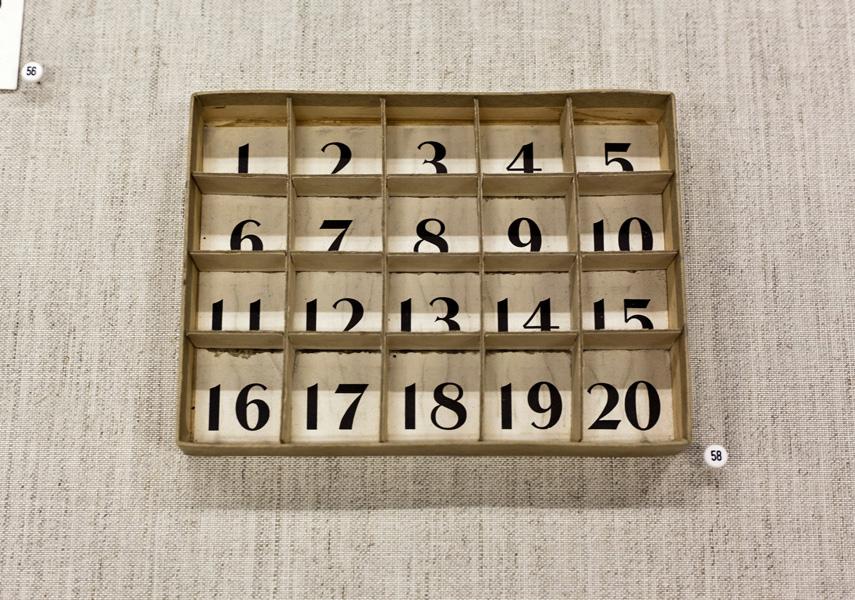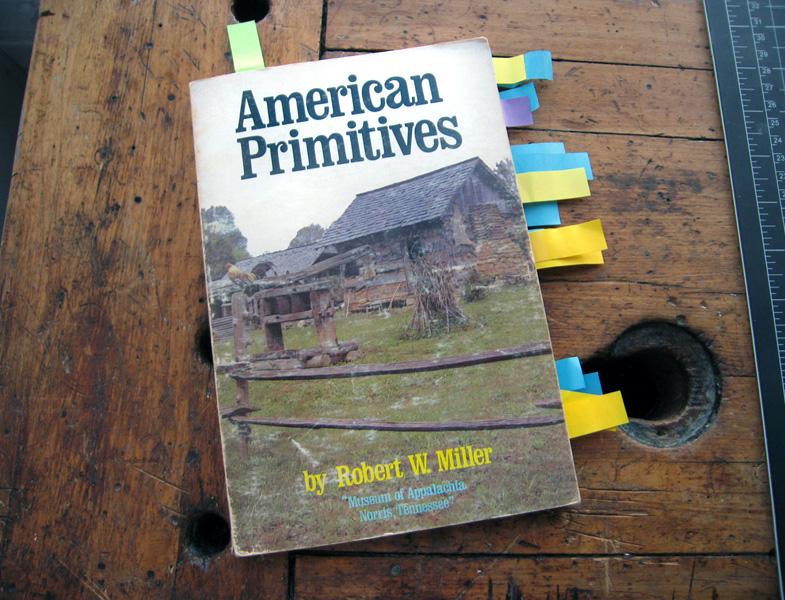When it comes to its namesake subject matter, Spaces magazine doesn’t discriminate: There are live-work lofts in the wilds of Brooklyn, warehouses in Australia turned into artist communes, cafes in Hamburg lined with vintage shoe lasts and gumball machines, and even a section of so-called wall spaces, where entire spreads are devoted to close-ups of textile, teacup, or taxidermy collections. “We wanted an eclectic mix, somewhere between vintage, designy, and handmade,” says Louise Bannister, managing editor of the cult indie lifestyle magazine Frankie, who co-produced Spaces as one of the magazine’s twice-annual special projects. While past editions have included a recipe book or a small photo album filled with 110 snapshots culled from contributors around the world, the editors chose to focus on interiors after the success of Frankie’s only section devoted to them: Homebodies, where they feature casual portraits of the homes of musicians. For Spaces, the team scoured the internet from their homebase in Melbourne looking for creatives of all stripes, pairing large-format images with personal interviews about how they found their space and what they keep in it.
